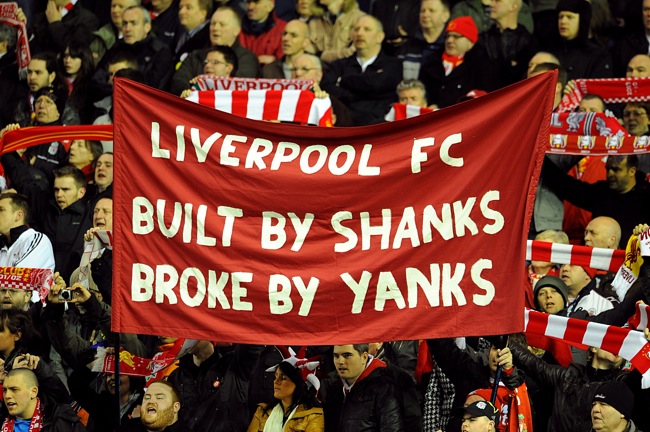Going into the November international break, Liverpool are eight points ahead at the top of the Premier League. Defending champions Manchester City have slipped to fourth place following their loss to Liverpool. The question most commentators are asking is if Liverpool can hold on to this lead.
We are two-thirds of the way through the first round robin of the premier league. The thing with evaluating league standings midway through the round robin is that it doesn’t account for the fixture list. For example, Liverpool have finished playing the rest of the “big six” (or seven, if you include Leicester), but Manchester City have many games to go among the top teams.
So my practice over the years has been to compare team performance to corresponding fixtures in the previous season, and to look at the points difference. Then, assuming the rest of the season goes just like last year, we can project who is likely to end up where.
Now, relegation and promotion introduces a source of complication, but we can “solve” that by replacing last season’s relegated teams with this season’s promoted teams (18th by Championship winners, 19th by Championship runners-up, and 20th by Championship playoff winners).
It’s not the first time I’m doing this analysis. I’d done it once in 2013-14, and once in 2014-15. You will notice that the graphs look similar as well – that’s how lazy I am.
Anyways, this is the points differential thus far compared to corresponding fixtures of last season. 
Leicester are the most improved team from last season, having scored 8 points more than in corresponding fixtures from last season. Sheffield United, albeit starting from a low base, have done extremely well as well. And last season’s runners-up Liverpool are on a plus 6.
The team that has done worst relative to last season is Tottenham Hotspur, at minus 13. Key players entering the final years of their contract and not signing extensions, and scanty recruitment over the last 2-3 years, haven’t helped. And then there is Manchester City at minus 9!
So assuming the rest of the season’s fixtures go according to last season’s corresponding fixtures, what will the final table look like at the end of the season?
 We see that if Liverpool replicate their results from last season for the rest of the fixtures, they should win the league comfortably.
We see that if Liverpool replicate their results from last season for the rest of the fixtures, they should win the league comfortably.
What is more interesting is the gaps between 1-2, 2-3 and 3-4. Each of the top three positions is likely to be decided “comfortably”, with a fairly congested mid-table.
As mentioned earlier, this kind of analysis is unfair to the promoted teams. It is highly unlikely that Sheffield will get relegated based on the start they’ve had.
We’ll repeat this analysis after a couple of months to see where the league stands!







